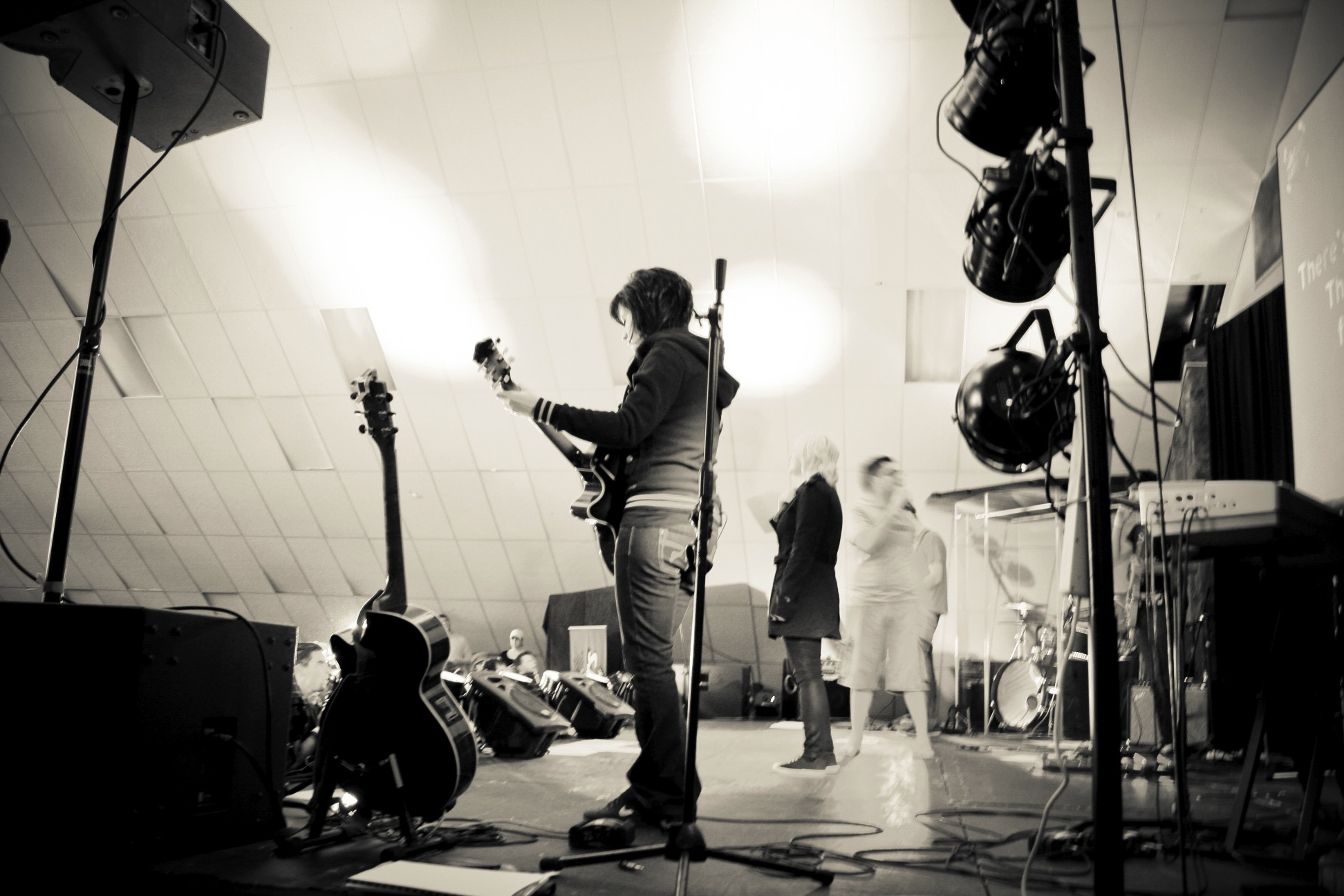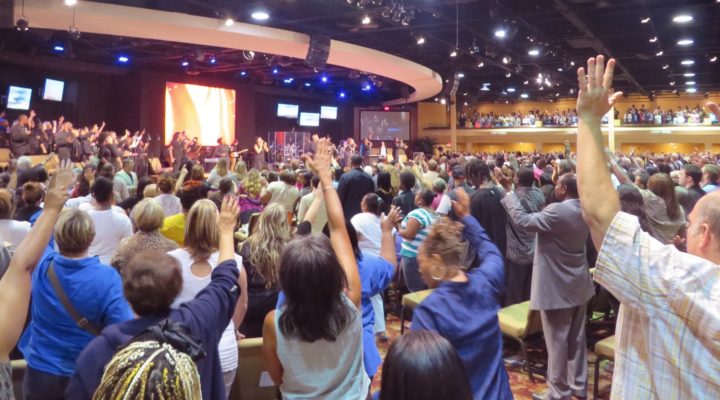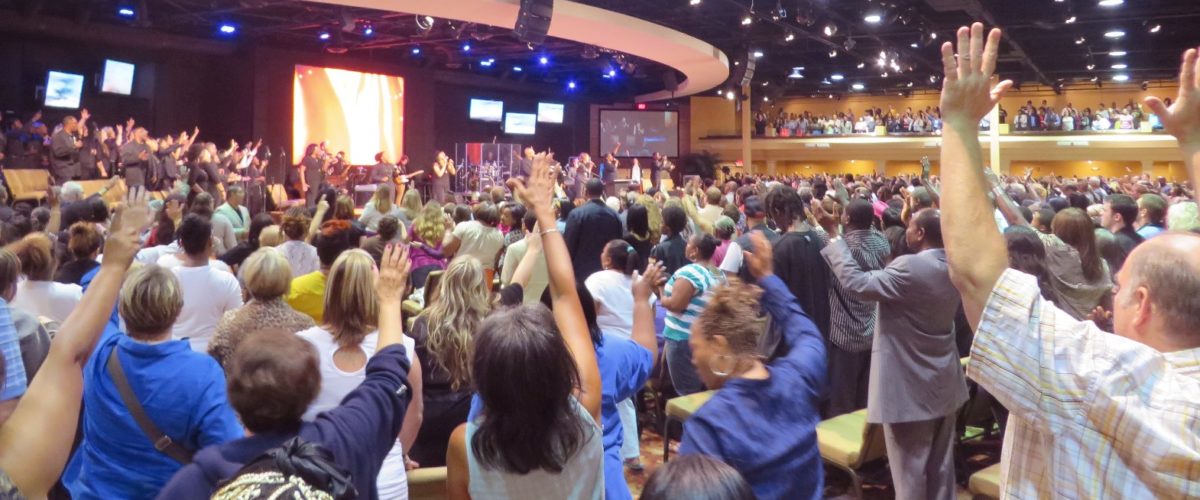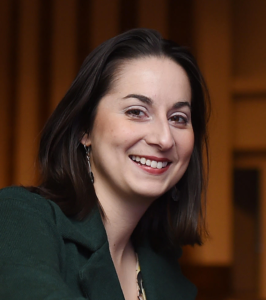LGBTQ individuals and movements have become increasingly transparent about their identity and causes. Now, it may be time for the nation’s biggest Christian congregations to follow suit. New data shows that none of America’s 100 largest megachurches report having LGBTQ-affirming policies.
“The study shows most megachurches are not eager to articulate their posture on LGBT inclusion if they can avoid it,” says David Gushee, professor of Christian ethics and director of the Center for Theology and Public Life at Mercer University. “But if they do, they usually take some traditional view.”
The study was compiled by Church Clarity, an organization that tracks and scores churches on issues LGBTQ inclusion and racial and gender representation in lead pastor positions.
The group reported that 11 percent of megachurches do not disclose policies at all, while 54 percent use “obscure policy language” on LGBTQ issues on their websites. The remainder disclose rules that are non-LGBTQ affirming.
Church Clarity also reported that only 7 percent of the top 100 megachurches are led by a pastor of color and 1 percent have a female senior pastor.
The group added that the woman minister in question is listed as a co-pastor with her husband.
The information motivated Maria Swearingen, co-pastor with her wife at Calvary Baptist Church in Washington D.C., to issue a call to action on social media.
“If you currently attend a church that doesn’t talk about Charlottesville the day after, that doesn’t affirm queer lives, that doesn’t speak to immigrant justice, either … consider addressing it directly with your congregation’s leadership and demanding change, or … consider offering your love, energy, imagination, dollars, and commitment to a community, however imperfect it may be, that’s doing the work,” Swearingen said in a Jan. 6 Facebook post.
It’s important for Christians who attend large congregations to do their homework, Gushee said.
“One of the things you can learn from this study is that the largest Protestant churches are not likely to be inclusive, so that’s even more reason to ask,” he said.
Gushee said he knows LGBTQ Christians who are evangelicals and want to worship at dynamic churches. Often, they will overlook their congregations’ non-affirming stances.
“They are willing to bite the bullet on the rest of it,” he said. “If they are, that’s their decision.”
But it’s common for LGBT Christians and others with affirming beliefs to be lulled into a sense of false inclusion.
“It’s easy not to be aware of this because megachurches are methodologically creative and usually have a youthful vibe and usually attract a youthful audience,” he said.

The dynamic worship and youthful vibe at most megachurches may give many the impression that such large congregations are LGBTQ-friendly. But often, they are not, a new study shows. (Photo/AllStars youth/Creative Commons)
That youthful aura leads some to assume an openness to LBTQ causes and people that really isn’t there. That assumption also arises because megachurches usually aren’t railing against gay people.
“They are just not talking about it,” he said. “The doctrine isn’t exposed because that’s not their focus.”
LGBTQ Christians, their families and friends often get hurt when the truth finally is revealed.
“It will eventually surface when an LGBT person wants to the be the leader of a small group or to be ordained,” Gushee said. “Then, the boundaries of inclusion will be articulated in a way that is hurtful for those outside the boundary.”
Similar experiences were common among newly divorced Christians in the 1970s and more recently by conservatives unaware of the LGBTQ-affirming beliefs of their new church home.
“A lot of times we don’t write policies until we have a problem. We don’t articulate our boundaries until someone challenges an invisible boundary,” Gushee said.
It’s best to be proactive, he added. Include the information on websites and in new member classes.
“Being honest from the beginning is the right thing to do.”
And that goes especially for megachurches.
“The time has pretty much ended in which people can just be fuzzy about this issue,” he said. “One might say it’s time for the megachurches to come out of the closet and take a stand.”




